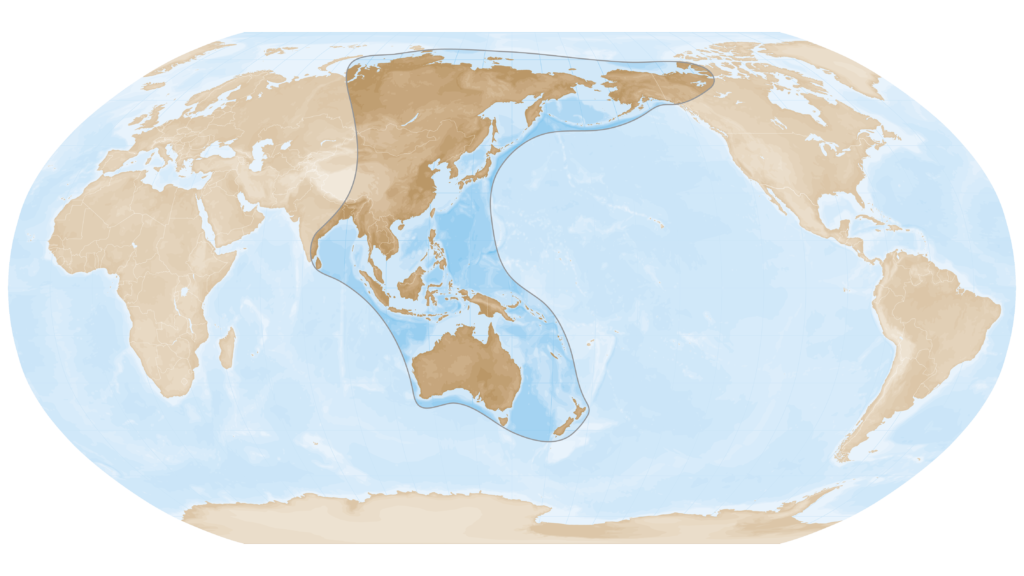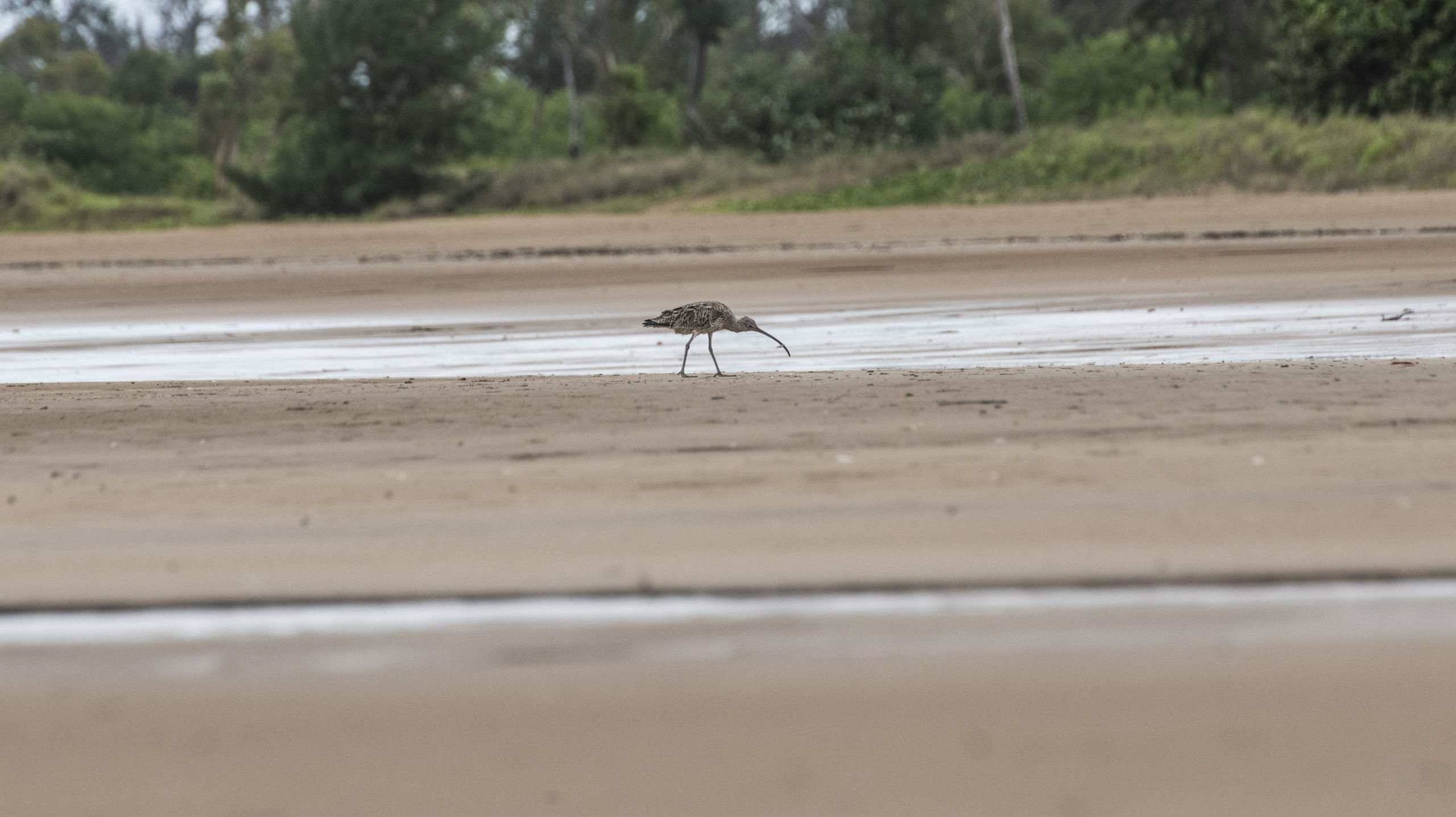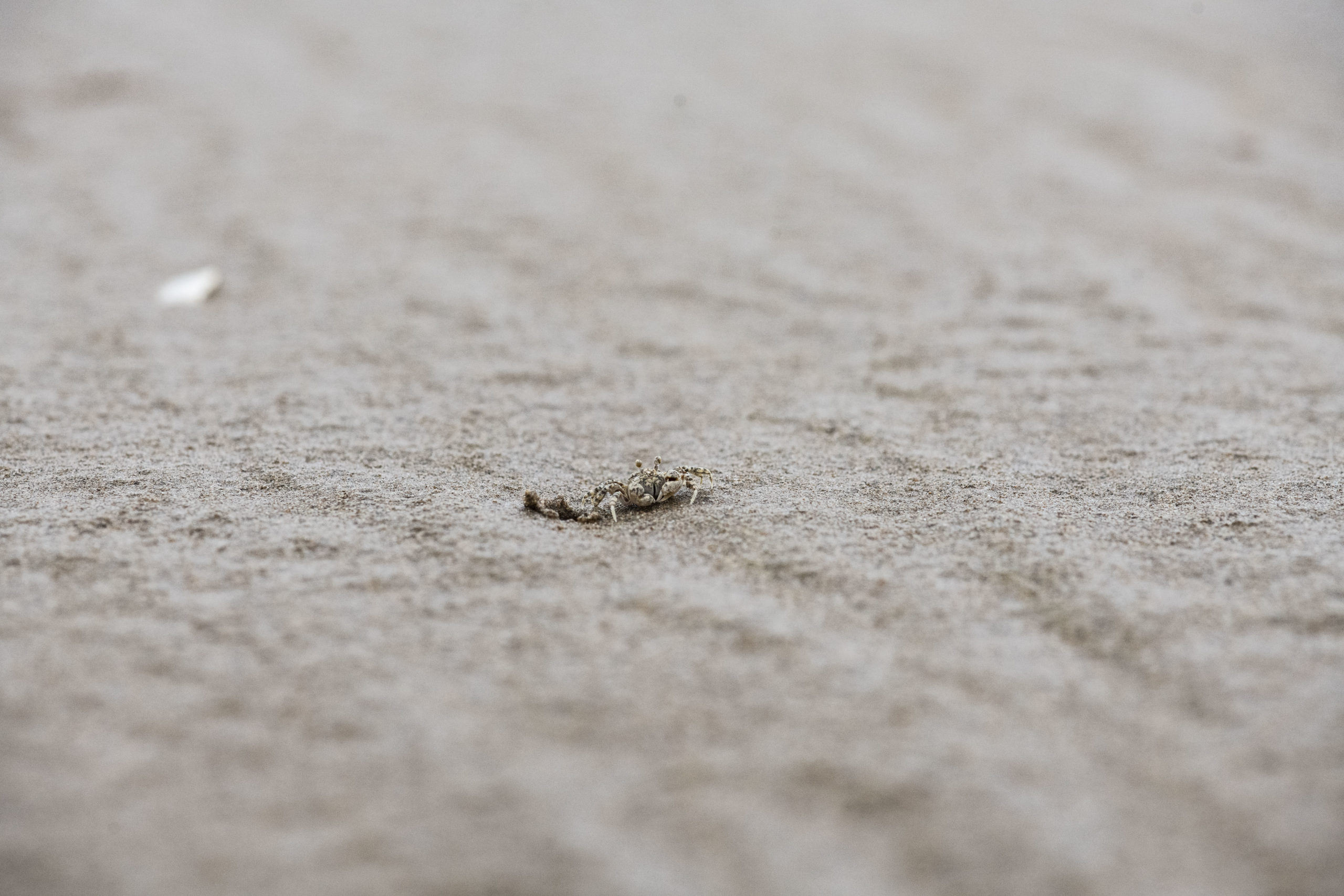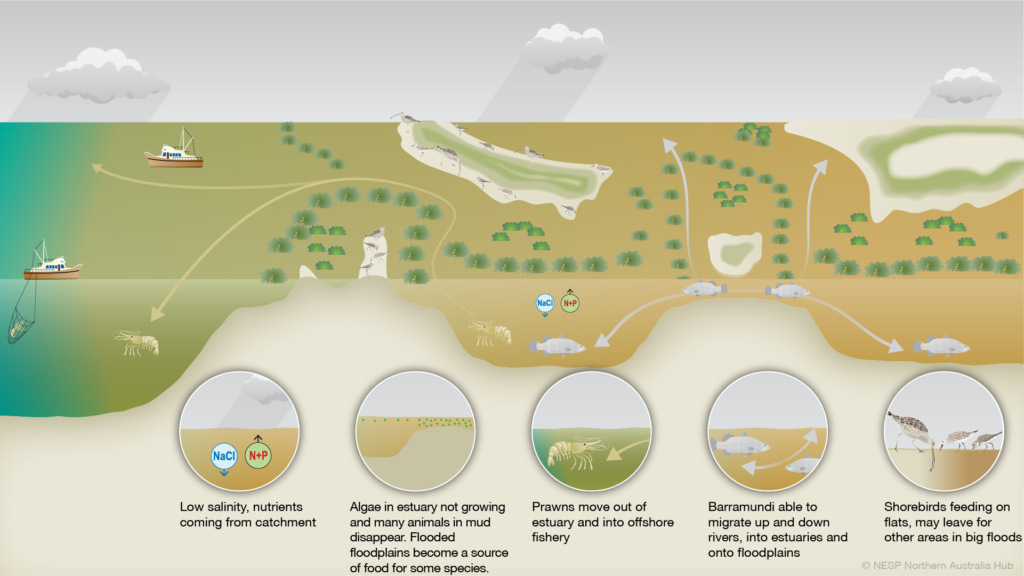River flows in the Gulf of Carpentaria are critical for ensuring that food is available for migratory shorebirds on their long annual migrations between Australia and the far northern hemisphere. Collaborative research between Griffith University, the Carpentaria Land Council Aboriginal Corporation and the Queensland Wader Study Group has revealed how important mudflats and sandflats are for shorebirds in the Gulf of Carpentaria. This research is supporting Australia’s commitments to protecting migratory shorebirds and their habitats, and informing upstream water development in these catchments.
Migratory shorebirds that use the Gulf of Carpentaria travel thousands of kilometres each year to Australian shorelines from places as far away as Siberia and Alaska, travelling through the East Asian–Australasian Flyway.

The East Asian–Australasian Flyway extends from Arctic Russia and North America to Australia and New Zealand. Image: NESP Northern Australia Hub.
Hub research is addressing a major knowledge gap about exactly how these shorebirds are using the southern Gulf and why it’s an important fuelling and staging site on their journeys both north and south.
Australia has committed, under three bilateral agreements with Japan, China and the Republic of Korea, to protect migratory shorebirds and their habitats along Australian shorelines, so increased understanding of the potential impacts of altered Gulf river flows is critical for future decision-making in the Gulf. A Wildlife Conservation Plan has been developed to give effect to these important commitments.
[This plan] outlines national actions to support East Asian–Australasian Flyway (EAAF) shorebird conservation, and should be used to ensure these activities are integrated and remain focused on the long-term survival of migratory shorebirds and their habitats.
– Commonwealth of Australia (2015)

Migratory shorebirds migrate from as far away as Alaska and Siberia to Australia every year. Photo by NESP Northern Hub.
The Queensland Department of Environment and Science wanted to understand more about the significance of Gulf staging sites for these shorebirds and exactly how shorebirds are using these sites.
Hub research focused on the nutrients that come downstream with seasonal floods to understand the risks associated with altering future flows. Experiments showed that these nutrients are critical for fuelling algal production of estuarine mudflats and sandflats – production that nourishes the worms, crabs and bivalves that the shorebirds feed on to fatten up around their long migrations.
The shorebirds feed and fatten by eating these little animals that burrow down into the mud, or that live on the surface of the mud.
– Professor Michele Burford, Project Leader, Griffith University

Crabs and other animals of the mudflats and sandflats feed on algae in the sediment that is fuelled by nutrients delivered by river flows. Photo by NESP Northern Hub.
One of the things that the project discovered was how productive the mudflats and sandflats are in the southern Gulf in terms of invertebrates.
– Mr Mike Ronan, Manager – Wetlands, Department of Environment and Science, Queensland
Communicating these research findings has also ensured the project team engaged with government decision-makers other than those who are already well-versed in ecology. The researchers worked with the Hub’s knowledge brokering and communications team to produce diagrams and animations that are accessible for varying degrees of scientific literacy.
Using symbols and animations to communicate key findings of the Gulf rivers research beautifully illustrates the dynamic ecological relationships and inter-dependencies – for example, between shorebirds and the benthic mud-dwelling biota, and the important hydro-chemical processes driving productivity of these estuaries.
– Ramsar National Focal Point, Australian Department of Climate Change, Energy, the Environment and Water

Diagrams help to make this new knowledge available to diverse sectors and communities in Gulf river catchments. Image: NESP Northern Australia Hub.
It turns out the shorebirds weren’t just stopping in the Gulf because it was an easy place to land – there was an abundance of food to help them refuel too.
The project has built on existing research partnerships in the Gulf and enabled some important new collaborations to ensure research findings can be taken up by multiple research users. As part of the project, researchers conducted surveys of shorebirds with the Queensland Wader Study Group.
These surveys revealed that some birds were found in such numbers that these Gulf sites were internationally and nationally significant for the EAAF, particularly the Black-Tailed Godwit, the Eastern Curlew – which is now critically endangered – Greater and Lesser Sand Plovers, and Whimbrel. These birds flourish in these environments where you get large mudflats and big estuaries.
– Mr Robert Bush, Queensland Wader Study Group
The surveys confirmed that shorebird numbers are so high that the southern Gulf is the second most important site for migratory shorebirds in Australia.
Working with the Carpentaria Land Council Aboriginal Corporation (CLCAC) rangers also increased the research capacity of the project and the monitoring capacity of the rangers. CLCAC rangers have been interested in shorebirds for a long time and have been doing surveys to help quantify the importance of rivers and the big-flow years.
Rivers are our life … It means everything. When the wet season is positive, you know that the food is going to be there for the next year. The flood waters bring nutrients from the soil down the river and that helps increase the numbers of pipis and other animals like that for the shorebirds to eat.
– Mr Hayden Tyrrell, Acting Ranger Coordinator, Carpentaria Land Council Aboriginal Corporation
Improving understanding of how shorebirds use the area is also helping the rangers establish future monitoring programs to help protect the shorebirds.
Working with the researchers helped us bring our knowledge together and work together to have an ultimate goal of protecting the shorebirds into the future.
– Mr Hayden Tyrrell
The project also considered what would happen if water was to be extracted from the Gulf rivers.
Reducing downstream flows reduces the amount of nutrients going downstream. Less nutrients mean that there are less nutrients fuelling algal production. We have to ensure that we have those systems sufficiently intact so that the food supply remains.
– Professor Michele Burford
Understanding how flows and flood waters in Gulf river systems affect coastal productivity is critical information to guide future decision-making about these rivers Environments on the Gulf coast can be very low in nutrients, so it is critical that they get the nutrients they need from river flows.
This project has provided some of that key knowledge that wasn’t available to us before, which is essential information from a management point of view.
– Mr Mike Ronan
Potential development of water resources in the Gulf of Carpentaria should consider how it might alter river flows and what impact this could have on food for migratory shorebirds.
Flows in Gulf rivers are highly variable year to year. Understanding and appreciating this variability – and the water flows that drive it – is key to sustainably developing water resources in the Gulf of Carpentaria.
References
Commonwealth of Australia. 2015. Wildlife Conservation Plan for Migratory Shorebirds.
Research outputs
Scientific papers
Factsheets
Videos and presentations
Media (selection)
Project webpage
Attributions
We acknowledge Aboriginal and Torres Strait Islander Peoples as the traditional custodians of the lands on which we work. We pay our respects to Elders of the past and present, and acknowledge their spiritual connection to Country. In particular we would like to acknowledge the Gkuthaarn, Kukatj, Kurtijar, Gangalidda, and Garawa people of the region where this project took place.